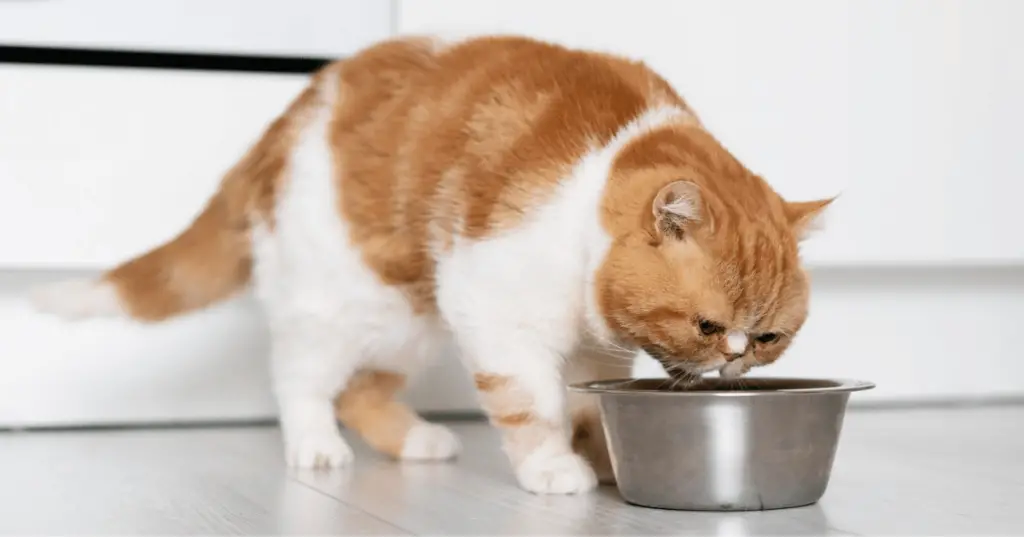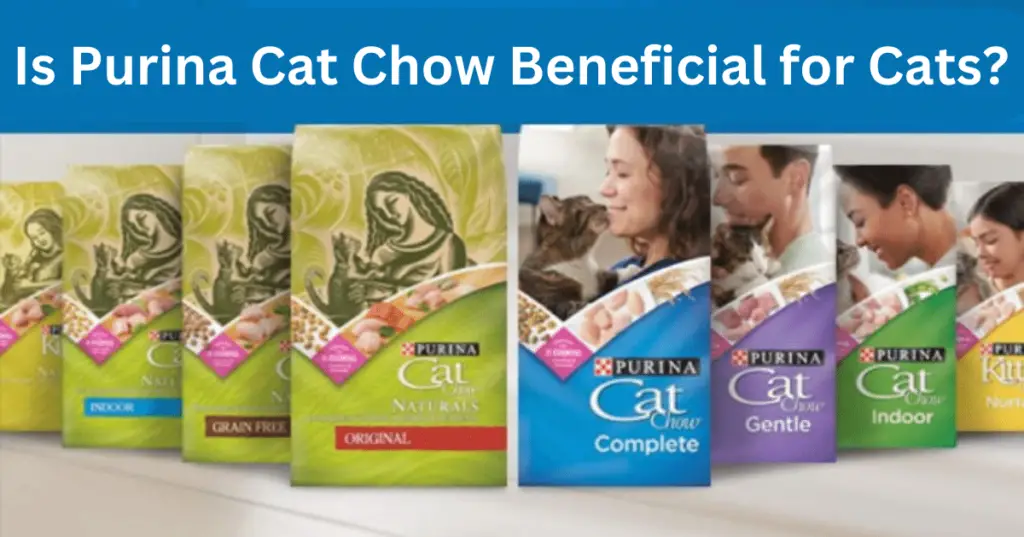Can You Buy Cat Food With Food Stamps
The Supplemental Nutrition Assistance Program, commonly known as SNAP, is a lifeline for countless individuals and families grappling with limited financial resources. A frequent question that arises for those relying on SNAP benefits is whether these benefits, accessible through the Electronic Benefit Transfer (EBT) card, can extend to the purchase of cat food. This seemingly straightforward inquiry bears immense significance for those navigating the intricate complexities of low-income living.
So, can you buy cat food with stamps, in a nutshell, the answer is a resounding “No.” SNAP benefits, channeled through the EBT card, are resolutely designated for the acquisition of human food items. The concept of using your EBT card to purchase cat food or any other non-human food items is entirely outside the realm of SNAP’s provisions.
While this response is undeniably clear, it opens the door to a labyrinth of intricate questions, each deserving attention: Why is cat food explicitly excluded from SNAP benefits? What are the repercussions for those who may attempt to misuse these benefits for pet food? What alternative avenues are available to those on SNAP seeking to ensure their pets receive the proper nourishment?
Deciphering SNAP EBT Regulations
The EBT system, an indispensable component of the Supplemental Nutrition Assistance Program (SNAP), plays a pivotal role in aiding eligible individuals and families in securing essential food items. It is paramount to internalize the core principle of SNAP benefits: these benefits are intended exclusively for the acquisition of food for the human members of the household. Consequently, the inclusion of pet food, such as cat food, is expressly forbidden.
Grasping the Rationale for Cat Food’s Ineligibility for SNAP Benefits
The disqualification of cat food is grounded in the categorization of non-human food items. SNAP benefits are thoughtfully designed to provide support to individuals and families grappling with limited financial means, enabling them to access nutritionally essential human food. Regrettably, cat food, along with other non-human food products, such as dog food, birdseed, and pet-related items, falls outside this scope of human necessity, rendering it ineligible for purchase through EBT benefits.
Defying SNAP Rules by Using Benefits for Pet Food
Not only is using SNAP benefits to acquire pet food discouraged, but it is also firmly prohibited. The fundamental objective of the SNAP program is to facilitate access to nutritious food for individuals and families, exclusively for their own sustenance rather than for their pets. Diverting SNAP benefits toward non-human food items, like cat food, constitutes a misuse of the program and carries a suite of penalties. This can result in the suspension or complete termination of one’s SNAP benefits, posing a significant hardship to those who rely on them.
State-Level Variations in SNAP Rules
While SNAP benefits are primarily governed by federal guidelines, individual states are empowered to introduce supplementary regulations. Some states have chosen to exercise this autonomy by implementing a ban on using EBT for pet food. These state-level rules are crafted with the intent of ensuring that SNAP benefits are applied solely to eligible individuals within the household, a goal that aligns with the federal program’s original intent.
For a deeper dive into the realm of SNAP eligibility and the intricacies of benefit utilization, you can refer to the official website of the U.S. Department of Agriculture’s Food and Nutrition Service.
Pet Food Programs to the Rescue
Individuals and families relying on SNAP benefits often confront the challenge of providing for their pets, be they cats, dogs, or other cherished animal companions. Recognizing the indispensable role these pets play in their owners’ lives, several pet food assistance programs have been established to offer crucial support during trying times. These programs all share a common mission: to ensure that pets remain healthy and well-fed, in recognition of their profound significance within the family unit.
- Pet Food Pantries
Pet food pantries stand as invaluable resources for individuals grappling with financial hardships. These organizations rally community donations of pet food and supplies and redistribute them to those in need. By providing pet food free of charge, these pantries play a pivotal role in enabling pet owners to maintain the health and happiness of their cherished animal companions. Some go a step further by offering supplementary supplies, such as toys, treats, and vouchers for veterinary care.
- Pet Food Stamps
Pet food stamp programs have been thoughtfully crafted to assist low-income individuals and families in procuring pet food at a reduced cost. Applicants typically need to meet specified income thresholds and provide documented evidence of their eligibility to participate. Upon approval, participants receive a specialized certification card that can be utilized at designated pet food retailers to secure pet food at a discounted price. This innovative solution ensures that pet owners can meet the essential nutritional needs of their animals without imposing undue financial strain.
- Food Bank Pet Programs
A growing number of food banks and food assistance programs have come to acknowledge the profound significance of pets in the lives of their clients. As a result, these organizations have expanded their offerings to include pet food alongside the human food they provide. This strategic move underscores the understanding that pets are integral family members and aims to support the overall well-being of both humans and their cherished animal companions. By incorporating pet food into their distribution efforts, these food banks alleviate the financial burden of pet ownership while promoting the health and happiness of pets.
- Nonprofit Pet Grants
Nonprofit organizations frequently emerge as crucial sources of temporary financial assistance for individuals navigating challenging circumstances. These organizations often extend a helping hand by providing grants that can be utilized to address a range of pet-related needs, from purchasing food to covering veterinary expenses or even enabling temporary pet boarding. Through these initiatives, nonprofits play an instrumental role in ensuring that pets can remain with their owners during challenging times, circumventing the heart-wrenching scenario of pets being relinquished to shelters.
It is essential to recognize that the rules and availability of these pet food assistance programs can vary based on your location. To obtain further information about the programs available in your area, consider reaching out to local animal shelters food banks, or consult resources provided by organizations such as the Humane Society of the United States or the American Society for the Prevention of Cruelty to Animals (ASPCA).







Pingback: How Much Are Maine Coon Cats - Catszilla.com
Pingback: How Long Do Ginger Cats Live - Catszilla.com
Pingback: How Long Do Calico Cats Live? - INSCMagazine
Pingback: How Long Do Tortie Cats Live - catszilla
Over the last week I eagerly started following this fantastic website, they have remarkable content for their community. The site owner has a real talent for informing visitors. I’m excited and hope they maintain their splendid skills.
Hello there, Thanks for the Feedback. Please check out our latest blog (:
Pingback: How to keep the Dog out of the Cat Box - catszilla